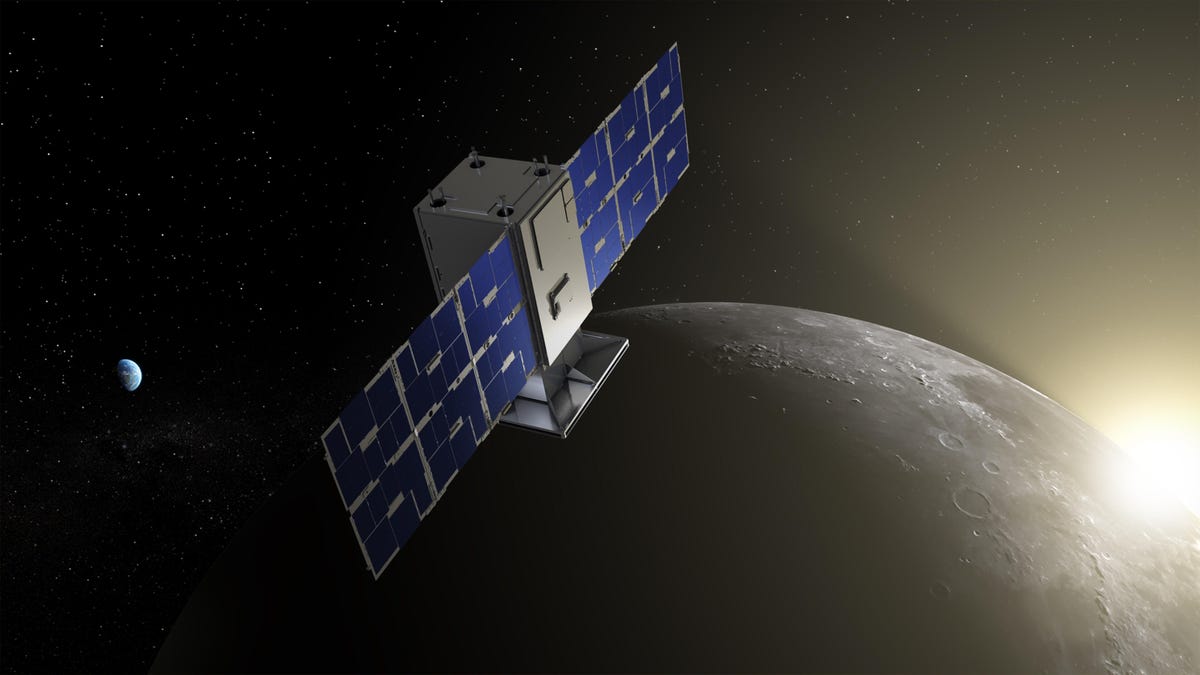How to Watch NASA Launch Its Next Moon Mission on Rocket Lab on Tuesday

Capstone will fly in cislunar space, the orbital space near and around the moon.
What's happening
NASA is launching a small spacecraft to test the planned orbit around the moon for its upcoming lunar gateway.
Why it matters
The mission, named Capstone, is a key step in returning astronauts to the surface of the moon.
What's next
The spacecraft will spend the next four months making its way to its unique lunar orbit.
NASA's first lunar mission in nearly a decade is set to ride a Rocket Lab Electron rocket to space Tuesday, paving the way for Artemis astronauts to return to the moon in the coming years.
The small rocket will be carrying a so-called "CubeSat" about the size of a microwave oven, weighing just 55 pounds (25 kilograms) and dubbed Capstone, which stands for Cislunar Autonomous Positioning System Technology Operations and Navigation Experiment.
Liftoff is now planned for 2:55 a.m. PT Tuesday from the Rocket Lab launch facility in New Zealand. You can watch the whole thing via NASA TV. The launch was originally set for May 31, but has been pushed back several times as the mission team has continued to check and quadruple-check all the various systems involved in getting Capstone to the moon.
The compact spacecraft will be testing new navigation systems and trying out the halo-shaped orbit around the moon that will one day be occupied by NASA's Lunar Gateway. The Gateway will be a sort of small space station circling the moon that will be used for staging for Artemis missions to the lunar surface.
The unique orbit has never been flown before and relies on balancing between the pull of gravity from Earth and the moon. It allows for continuous communications with Earth as it passes around the moon.
"This orbit has an added bonus of allowing Gateway to have optimal communications with future Artemis missions operating on the lunar surface as well as back to Earth," NASA's Elwood Agasid said in a statement. "This could unlock new opportunities for future lunar science and exploration efforts." Agasid is deputy program manager of Small Spacecraft Technology at NASA's Ames Research Center.
Capstone will also test communicating with NASA's Lunar Reconnaissance Orbiter to demonstrate ways that future lunar missions may be able to operate without relying as much on direct communications with Earth.
In addition to Rocket Lab, NASA is working with a handful of other private space companies on the mission, including Colorado-based Advanced Space, which built Capstone. California's Terran Orbital and Stellar Exploration built the CubeSat platform and its propulsion system, respectively.

